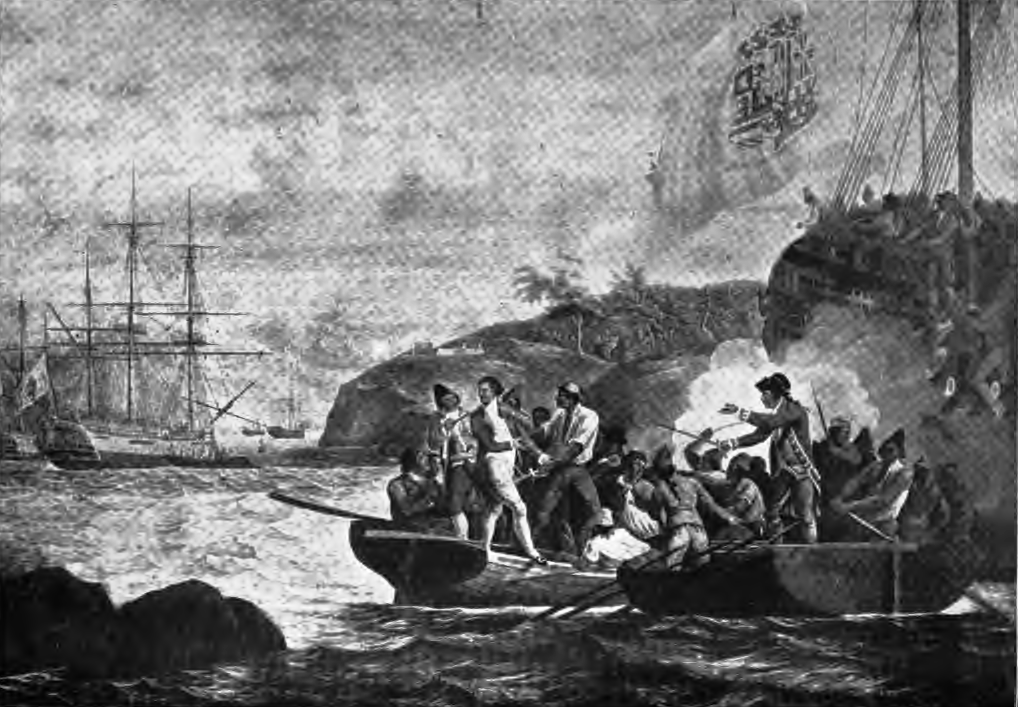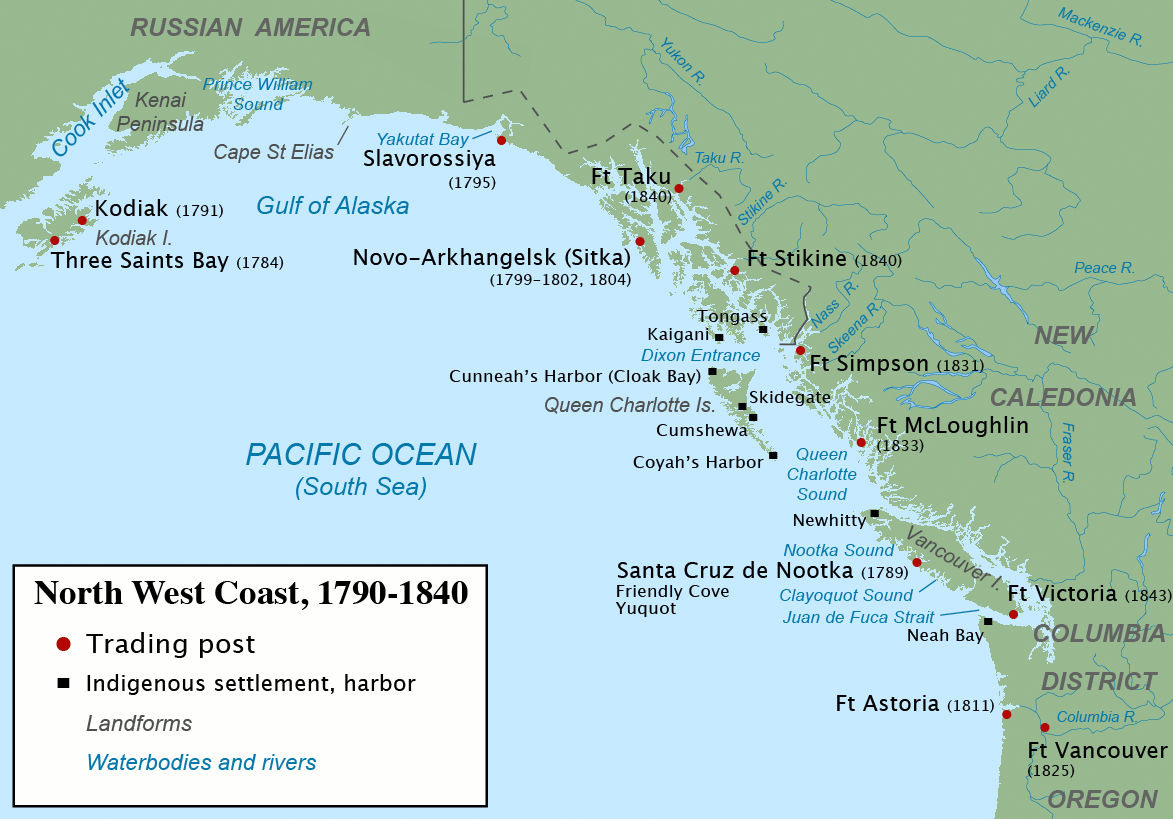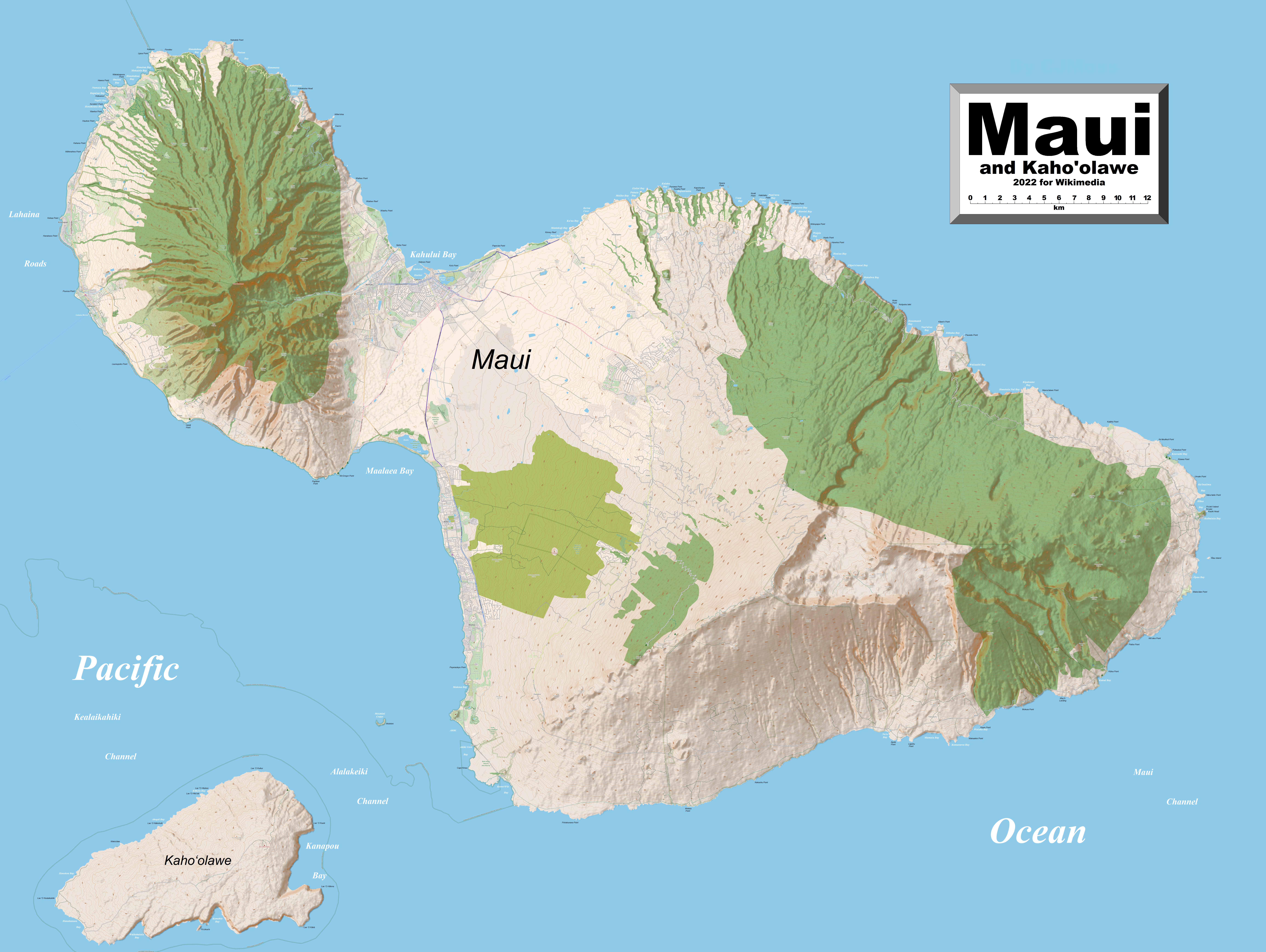|
Olowalu, Hawaii
Olowalu is a community on the west side of the island of Maui in the state of Hawaii. It is located about south of Lahaina on the Honoapiilani Highway. It is a census-designated place (CDP), with a population at the 2020 census of 100. It sustained a large population, governed by the high chiefess Kalola, daughter of Maui ruler Kekaulike, and grandmother of Keopuolani. It was home to a traditional farming community until the arrival of the Europeans, who replaced it with a sugarcane plantation. The massacre in 1790 described below, as well as the labor-hungry sandalwood trade, contributed to the site's decline. A substantial real estate development is under consideration for the area. The area is home to one of Hawaii's most striking reefs. Puu Honua From ancient times, Olowalu was considered a place of refuge, or ''puu honua'', by Hawaiians. Persons pursued for committing an offense against a family group or an ali'i (royal) were untouchable once they stepped inside its border ... [...More Info...] [...Related Items...] OR: [Wikipedia] [Google] [Baidu] |
Census-designated Place
A census-designated place (CDP) is a concentration of population defined by the United States Census Bureau for statistical purposes only. CDPs have been used in each decennial census since 1980 as the counterparts of incorporated places, such as self-governing cities, towns, and villages, for the purposes of gathering and correlating statistical data. CDPs are populated areas that generally include one officially designated but currently unincorporated community, for which the CDP is named, plus surrounding inhabited countryside of varying dimensions and, occasionally, other, smaller unincorporated communities as well. CDPs include small rural communities, edge cities, colonias located along the Mexico–United States border, and unincorporated resort and retirement communities and their environs. The boundaries of any CDP may change from decade to decade, and the Census Bureau may de-establish a CDP after a period of study, then re-establish it some decades later. Most unin ... [...More Info...] [...Related Items...] OR: [Wikipedia] [Google] [Baidu] |
2020 United States Census
The United States census of 2020 was the twenty-fourth decennial United States census. Census Day, the reference day used for the census, was April 1, 2020. Other than a pilot study during the 2000 census, this was the first U.S. census to offer options to respond online or by phone, in addition to the paper response form used for previous censuses. The census was taken during the COVID-19 pandemic, which affected its administration. The census recorded a resident population of 331,449,281 in the fifty states and the District of Columbia, an increase of 7.4 percent, or 22,703,743, over the preceding decade. The growth rate was the second-lowest ever recorded, and the net increase was the sixth highest in history. This was the first census where the ten most populous states each surpassed 10 million residents as well as the first census where the ten most populous cities each surpassed 1 million residents. Background As required by the United States Constitution, the U.S. cens ... [...More Info...] [...Related Items...] OR: [Wikipedia] [Google] [Baidu] |
Hawaiian Islands
The Hawaiian Islands ( haw, Nā Mokupuni o Hawai‘i) are an archipelago of eight major islands, several atolls, and numerous smaller islets in the North Pacific Ocean, extending some from the island of Hawaii in the south to northernmost Kure Atoll. Formerly the group was known to Europeans and Americans as the Sandwich Islands, a name that James Cook chose in honor of the 4th Earl of Sandwich, the then First Lord of the Admiralty. Cook came across the islands by chance when crossing the Pacific Ocean on his Third Voyage in 1778, on board HMS ''Resolution''; he was later killed on the islands on a return visit. The contemporary name of the islands, dating from the 1840s, is derived from the name of the largest island, Hawaii Island. Hawaii sits on the Pacific Plate and is the only U.S. state that is not geographically connected to North America. It is part of the Polynesia subregion of Oceania. The state of Hawaii occupies the archipelago almost in its entirety (includin ... [...More Info...] [...Related Items...] OR: [Wikipedia] [Google] [Baidu] |
Nootka Crisis
The Nootka Crisis, also known as the Spanish Armament, was an international incident and political dispute between the Nuu-chah-nulth Nation, the Spanish Empire, the Kingdom of Great Britain, and the fledgling United States of America triggered by a series of events revolving around sovereignty claims and rights of navigation and trade. It took place during the summer of 1789 at the Spanish outpost Santa Cruz de Nuca, in Nootka Sound on Vancouver Island in present-day British Columbia, Canada. The commander of the outpost, Jose Esteban Martínez, seized some British commercial ships which had come for the maritime fur trade and to build a permanent post at Nootka Sound. Public outcry in Britain led to the mobilization of the Royal Navy, and the possibility of war. Both sides called upon allies, the Dutch joined the side of Britain; Spain mobilized their navy and her key ally France also mobilized theirs, but the latter soon announced they would not go to war. Without French help ... [...More Info...] [...Related Items...] OR: [Wikipedia] [Google] [Baidu] |
Thomas Humphrey Metcalfe
Thomas Humphrey Metcalfe (also spelled Metcalf) ( – March 16, 1790) was an American maritime fur trader who worked with his father, Simon Metcalfe. After being separated from his father in a storm, Thomas sailed a small schooner with a crew of four from the vicinity of China to Nootka Sound on Vancouver Island where he was arrested by the Spanish. After being released he sailed to Hawaii, hoping to find his father. Instead, he was attacked and killed by Native Hawaiians in revenge for misdeeds committed by his father just days before. Early family life Little is known about Thomas Metcalfe's life apart from the events of about 1787–1790. Thomas's father, Simon was born in London, England, in the mid-18th century. In 1763 he married Catherine Humphrey. They immigrated to the Province of New York about 1765. Fur trading voyage In the late 1780s Simon Metcalfe owned a 190-ton brig named ''Eleanora''. In February 1787 he sailed from New York City with his two teenage sons, Thomas ... [...More Info...] [...Related Items...] OR: [Wikipedia] [Google] [Baidu] |
Schooner
A schooner () is a type of sailing vessel defined by its rig: fore-and-aft rigged on all of two or more masts and, in the case of a two-masted schooner, the foremast generally being shorter than the mainmast. A common variant, the topsail schooner also has a square topsail on the foremast, to which may be added a topgallant. Differing definitions leave uncertain whether the addition of a fore course would make such a vessel a brigantine. Many schooners are gaff-rigged, but other examples include Bermuda rig and the staysail schooner. The origins of schooner rigged vessels is obscure, but there is good evidence of them from the early 17th century in paintings by Dutch marine artists. The name "schooner" first appeared in eastern North America in the early 1700s. The name may be related to a Scots word meaning to skip over water, or to skip stones. The schooner rig was used in vessels with a wide range of purposes. On a fast hull, good ability to windward was useful for priv ... [...More Info...] [...Related Items...] OR: [Wikipedia] [Google] [Baidu] |
Maritime Fur Trade
The maritime fur trade was a ship-based fur trade system that focused on acquiring furs of sea otters and other animals from the indigenous peoples of the Pacific Northwest Coast and natives of Alaska. The furs were mostly sold in China in exchange for tea, silks, porcelain, and other Chinese goods, which were then sold in Europe and the United States. The maritime fur trade was pioneered by Russians, working east from Kamchatka along the Aleutian Islands to the southern coast of Alaska. British and Americans entered during the 1780s, focusing on what is now the coast of British Columbia. The trade boomed around the beginning of the 19th century. A long period of decline began in the 1810s. As the sea otter population was depleted, the maritime fur trade diversified and transformed, tapping new markets and commodities, while continuing to focus on the Northwest Coast and China. It lasted until the middle to late 19th century. Russians controlled most of the coast of present-da ... [...More Info...] [...Related Items...] OR: [Wikipedia] [Google] [Baidu] |
Naval Artillery
Naval artillery is artillery mounted on a warship, originally used only for naval warfare and then subsequently used for naval gunfire support, shore bombardment and anti-aircraft roles. The term generally refers to tube-launched projectile-firing weapons and excludes self-propelled projectiles such as torpedoes, rockets, and missiles and those simply dropped overboard such as depth charges and naval mines. Origins The idea of ship-borne artillery dates back to the classical era. Julius Caesar indicates the use of ship-borne catapults against Britons ashore in his ''Commentarii de Bello Gallico''. The dromons of the Byzantine Empire carried catapults and Greek fire, fire-throwers. From the late Middle Ages onwards, warships began to carry cannon, cannons of various calibres. The Mongol invasion of Java introduced cannons to be used in naval warfare (e.g. Cetbang by the Majapahit). The Battle of Arnemuiden, fought between England and France in 1338 at the start of the Hundred Y ... [...More Info...] [...Related Items...] OR: [Wikipedia] [Google] [Baidu] |
Simon Metcalfe
Simon Metcalfe (also spelled Metcalf) (c. 1741 – 1794) was a British-born American surveyor and one of the first American maritime fur traders to visit the Pacific Northwest coast. As early visitors to the Hawaiian Islands in 1789, Metcalfe and his son Thomas Humphrey Metcalfe unwittingly provided Western military weapons and advisors for Kamehameha I, when two of their men and a ship and its armaments were captured. These helped the chief win strategic battles and unify the Hawaiian Islands. The son Thomas and most of his crew were killed about 1789-1790 in an attack by Hawaiian warriors, which the father never learned about. Simon Metcalfe later returned to the Pacific Northwest. He and all but one of his crew were killed in 1794 in an attack by Haida warriors who were allowed on the ship for trading. This was in what were then known as the Queen Charlotte Islands, now known as Haida Gwaii in present-day British Columbia, Canada. Life Simon Metcalfe was born in London, Engla ... [...More Info...] [...Related Items...] OR: [Wikipedia] [Google] [Baidu] |
Massacre
A massacre is the killing of a large number of people or animals, especially those who are not involved in any fighting or have no way of defending themselves. A massacre is generally considered to be morally unacceptable, especially when perpetrated by a group of political actors against defenseless victims. The word is a loan of a French term for "butchery" or "carnage". A "massacre" is not necessarily a "crime against humanity". Other terms with overlapping scope include war crime, pogrom, mass killing, mass murder, and extrajudicial killing. Etymology The modern definition of ''massacre'' as "indiscriminate slaughter, carnage", and the subsequent verb of this form, derive from late 16th century Middle French, evolved from Middle French ''"macacre, macecle"'' meaning "slaughterhouse, butchery". Further origins are dubious, though may be related to Latin ''macellum'' "provisions store, butcher shop". The Middle French word ''macecr'' "butchery, carnage" is first recor ... [...More Info...] [...Related Items...] OR: [Wikipedia] [Google] [Baidu] |
Maui No Ka 'Oi Magazine
The island of Maui (; Hawaiian: ) is the second-largest of the islands of the state of Hawaii at 727.2 square miles (1,883 km2) and is the 17th largest island in the United States. Maui is the largest of Maui County's four islands, which also includes Molokai, Lānai, and unpopulated Kahoolawe. In 2020, Maui had a population of 168,307, the third-highest of the Hawaiian Islands, behind that of Oahu and Hawaii Island. Kahului is the largest census-designated place (CDP) on the island with a population of 26,337 , and is the commercial and financial hub of the island. Wailuku is the seat of Maui County and is the third-largest CDP . Other significant places include Kīhei (including Wailea and Makena in the Kihei Town CDP, the island's second-most-populated CDP), Lāhainā (including Kāanapali and Kapalua in the Lāhainā Town CDP), Makawao, Pukalani, Pāia, Kula, Haikū, and Hāna. Etymology Native Hawaiian tradition gives the origin of the island's name in the ... [...More Info...] [...Related Items...] OR: [Wikipedia] [Google] [Baidu] |
Sandalwood
Sandalwood is a class of woods from trees in the genus ''Santalum''. The woods are heavy, yellow, and fine-grained, and, unlike many other aromatic woods, they retain their fragrance for decades. Sandalwood oil is extracted from the woods for use. Sandalwood is often cited as one of the most expensive woods in the world. Both the wood and the oil produce a distinctive fragrance that has been highly valued for centuries. Consequently, some species of these slow-growing trees have suffered over-harvesting in the past. Nomenclature The nomenclature and the taxonomy of the genus are derived from this species' historical and widespread use. Etymologically it is ultimately derived from Sanskrit चन्दनं ''Chandana'' (''čandana''), meaning "wood for burning incense" and related to ''candrah'', "shining, glowing" and the Latin ''candere'', to shine or glow. It arrived in English via Late Greek, Medieval Latin and Old French in the 14th or 15th century. The sandalwood is indige ... [...More Info...] [...Related Items...] OR: [Wikipedia] [Google] [Baidu] |









